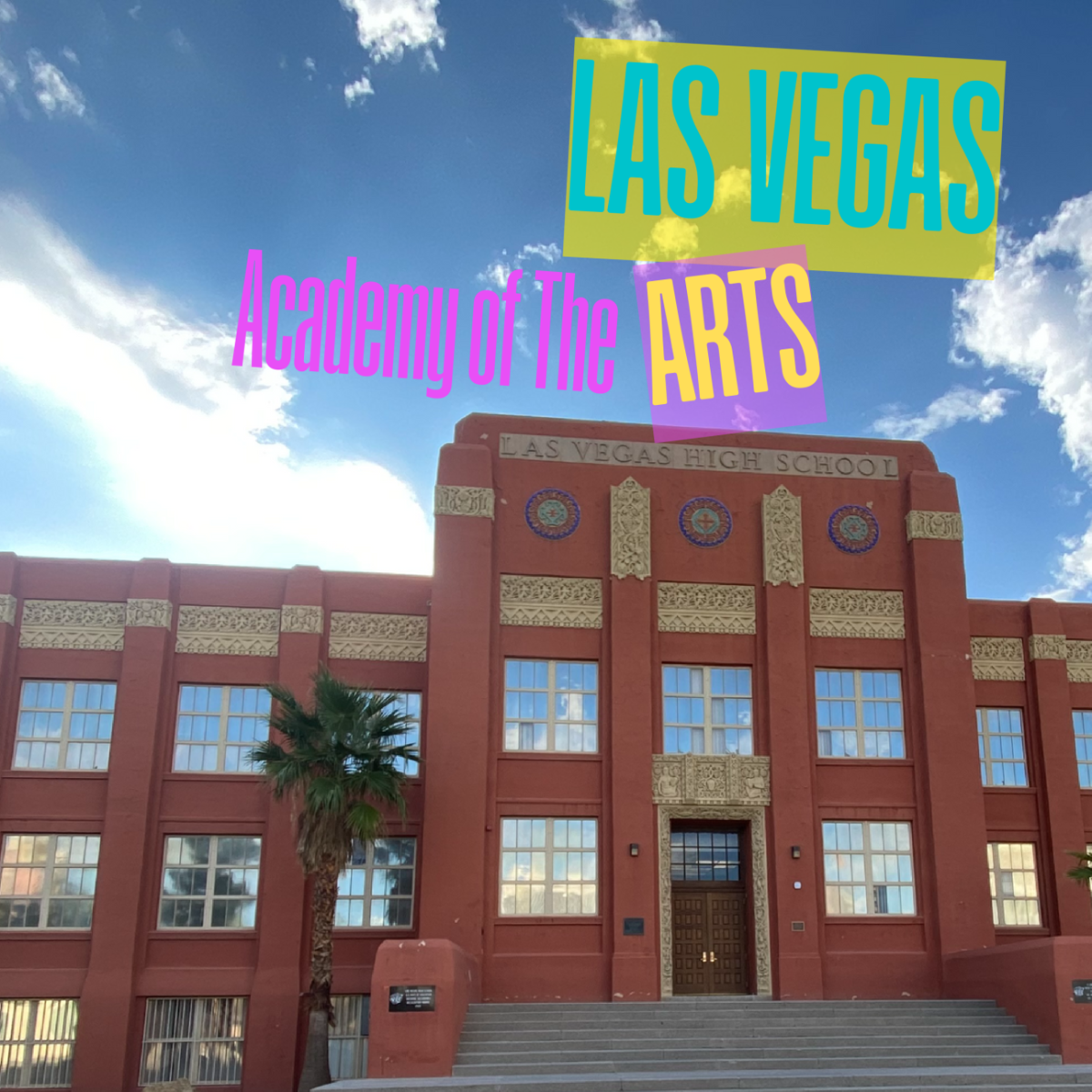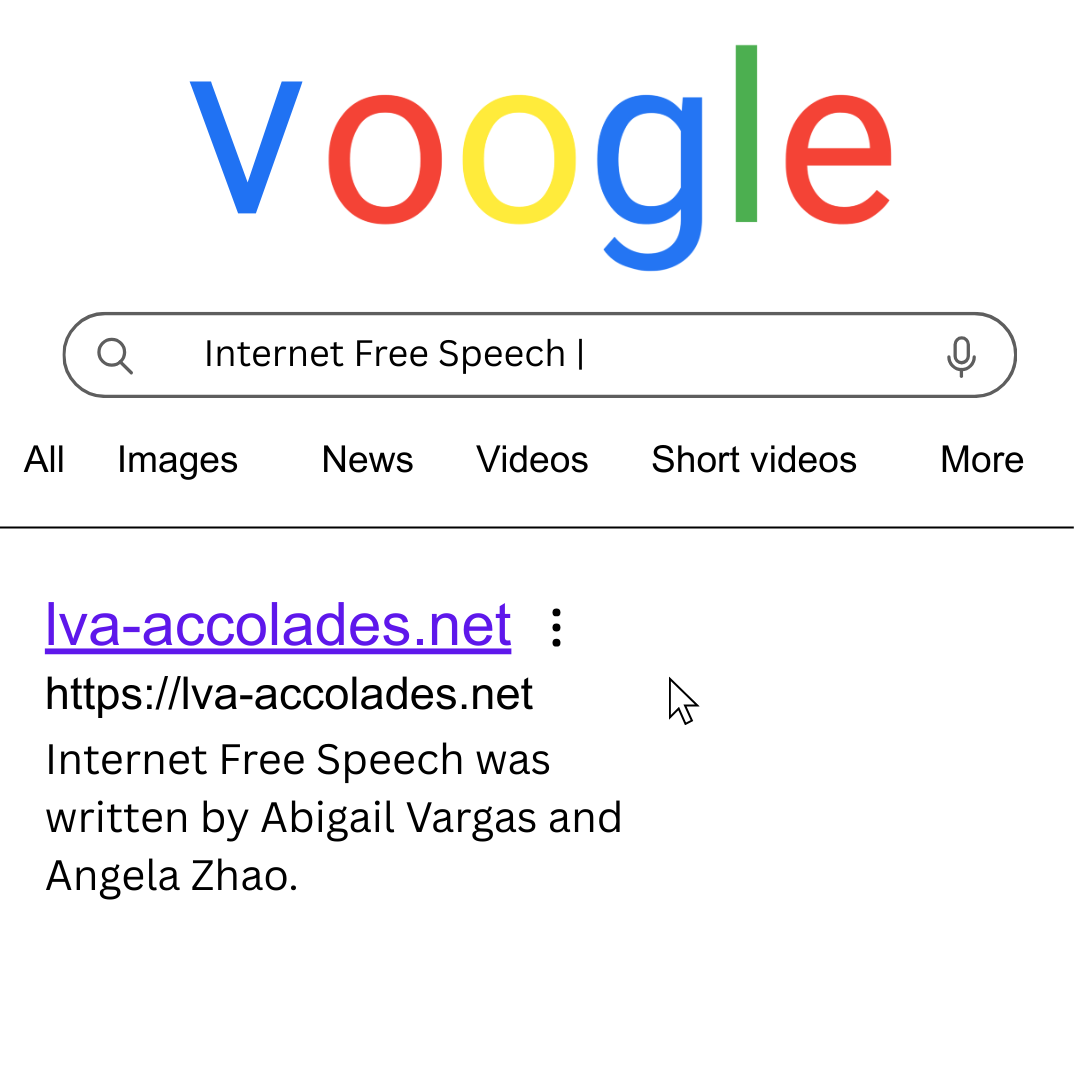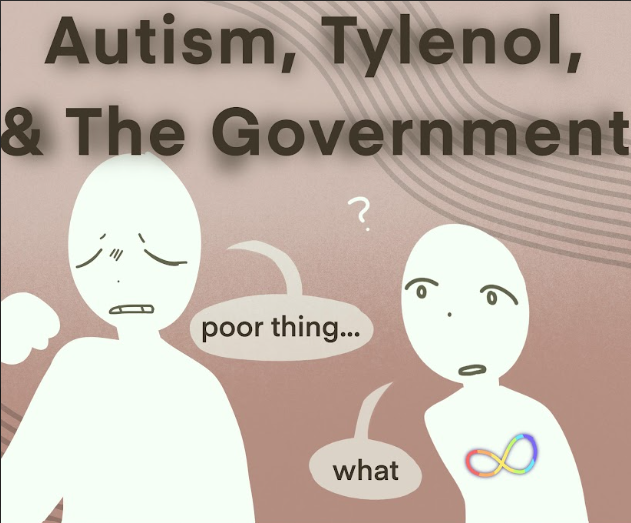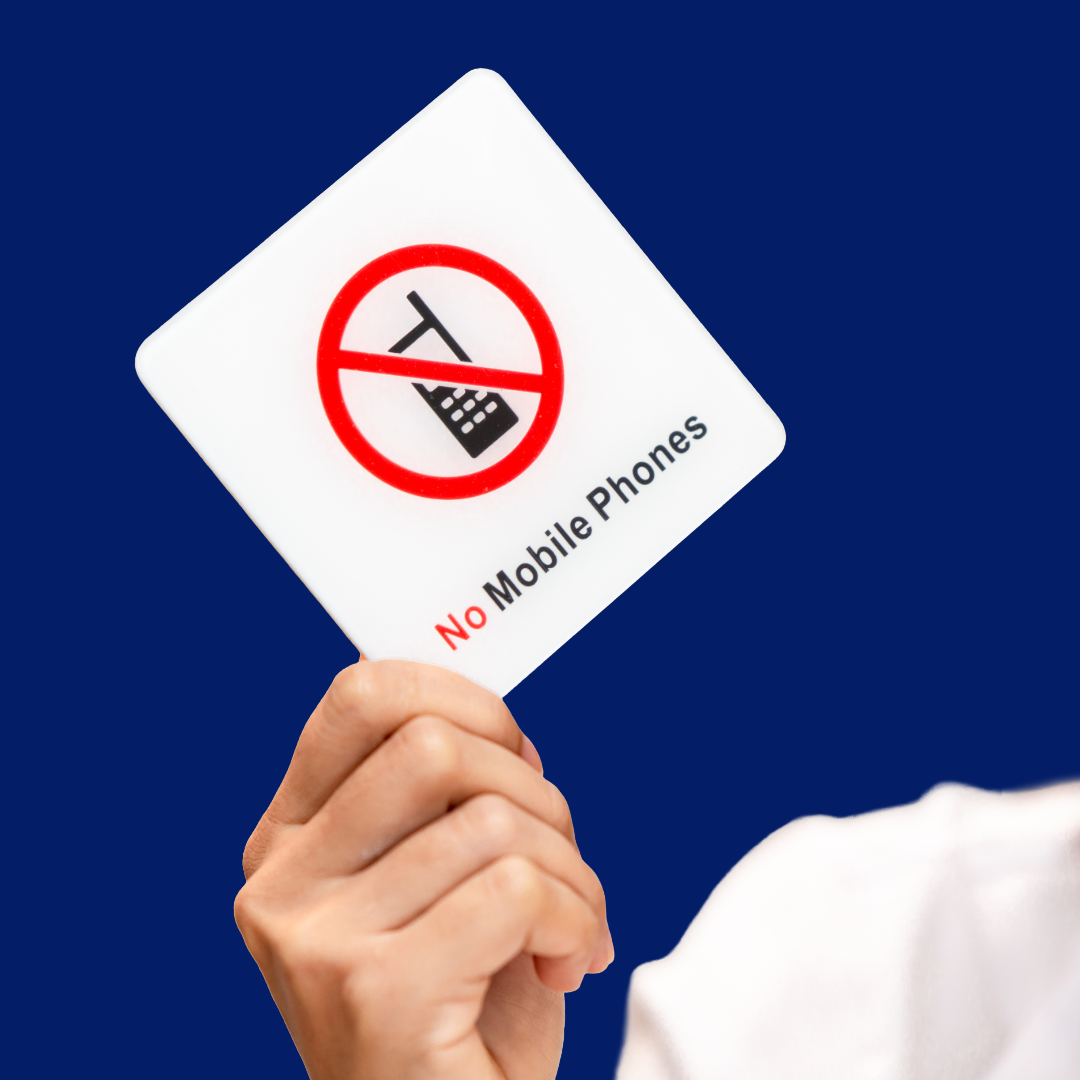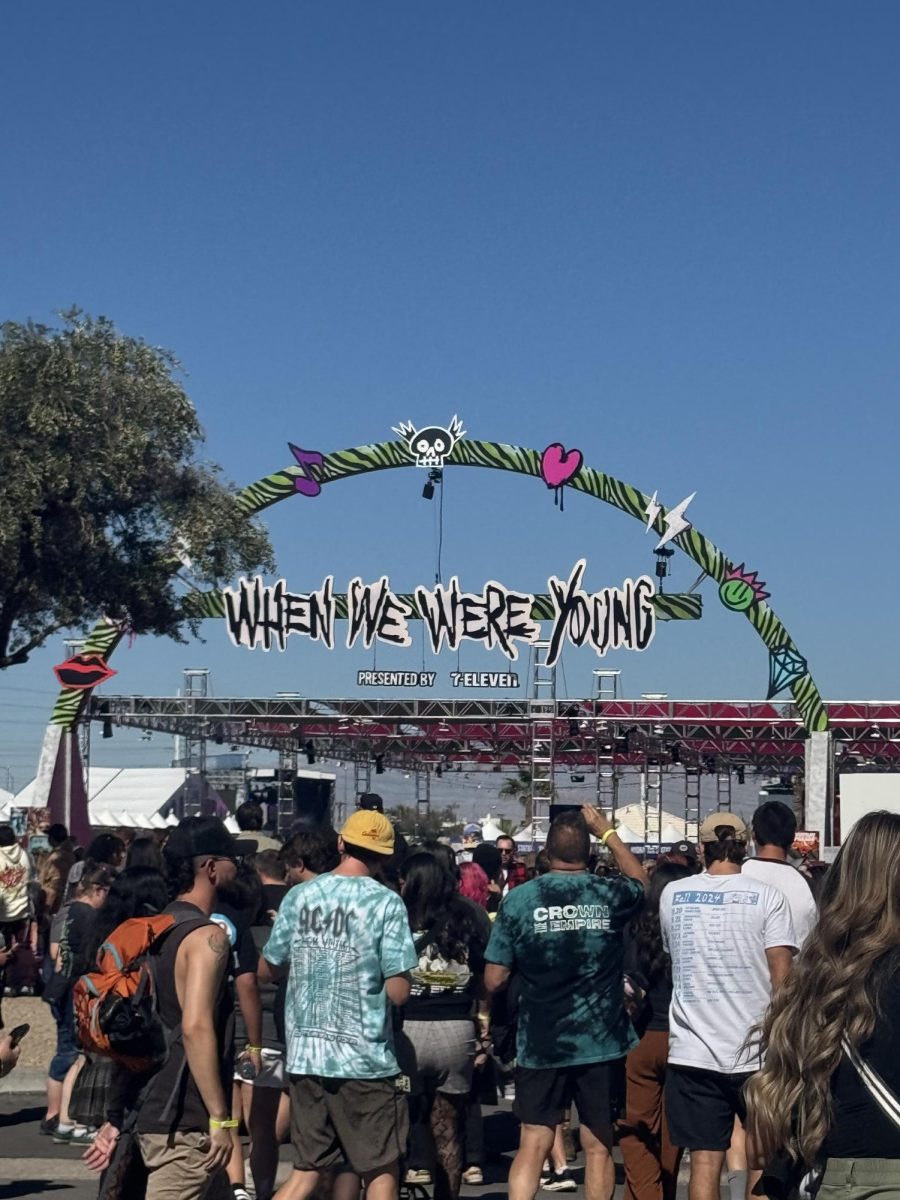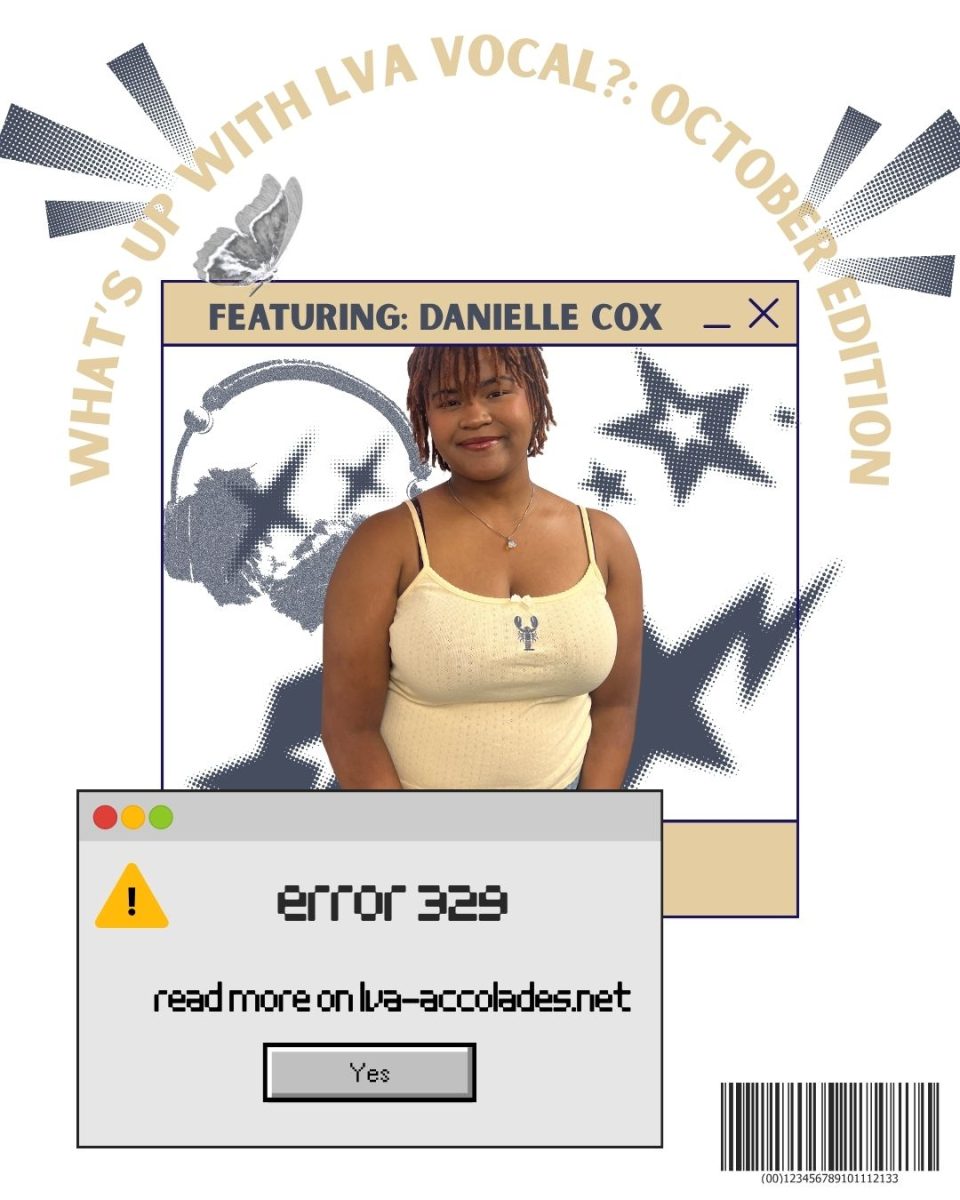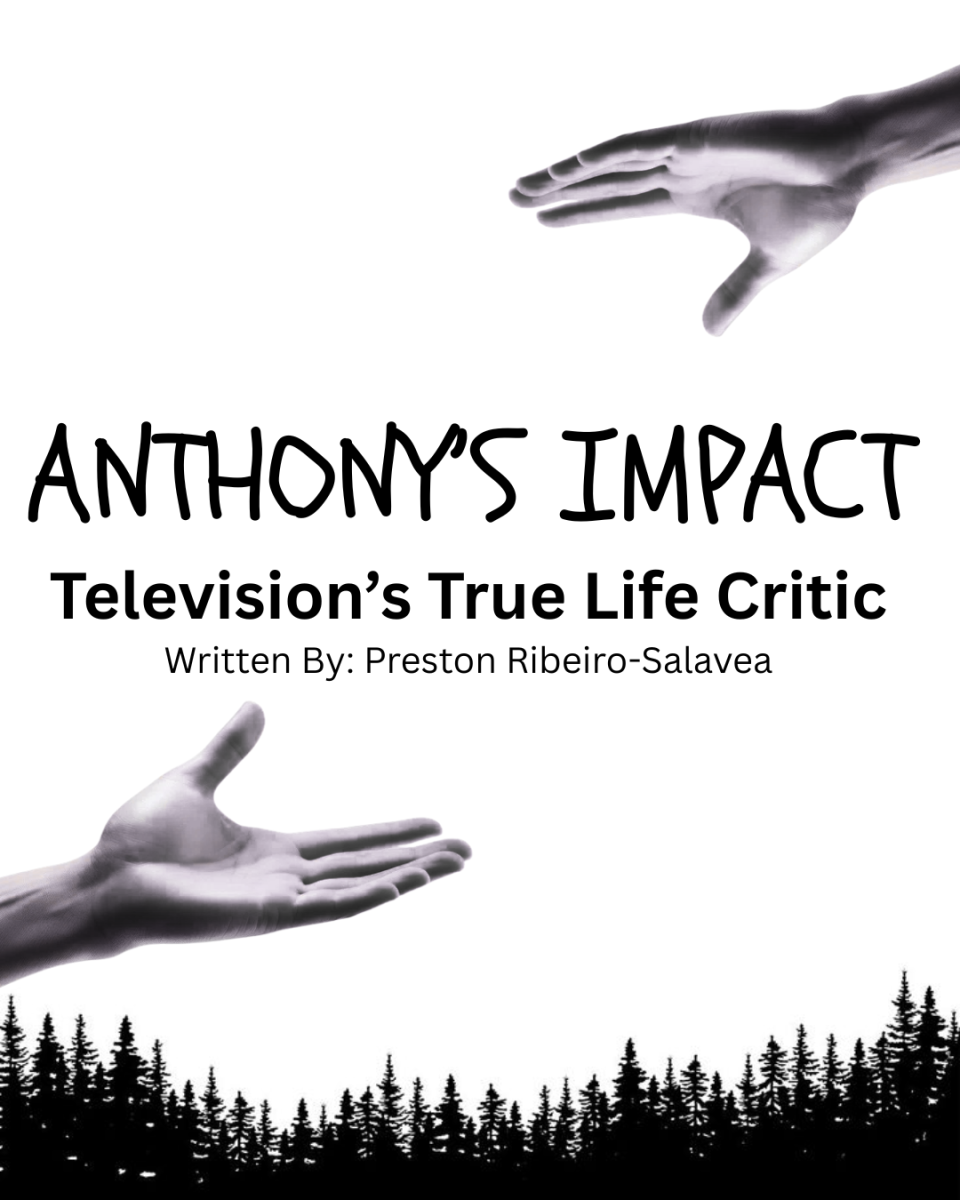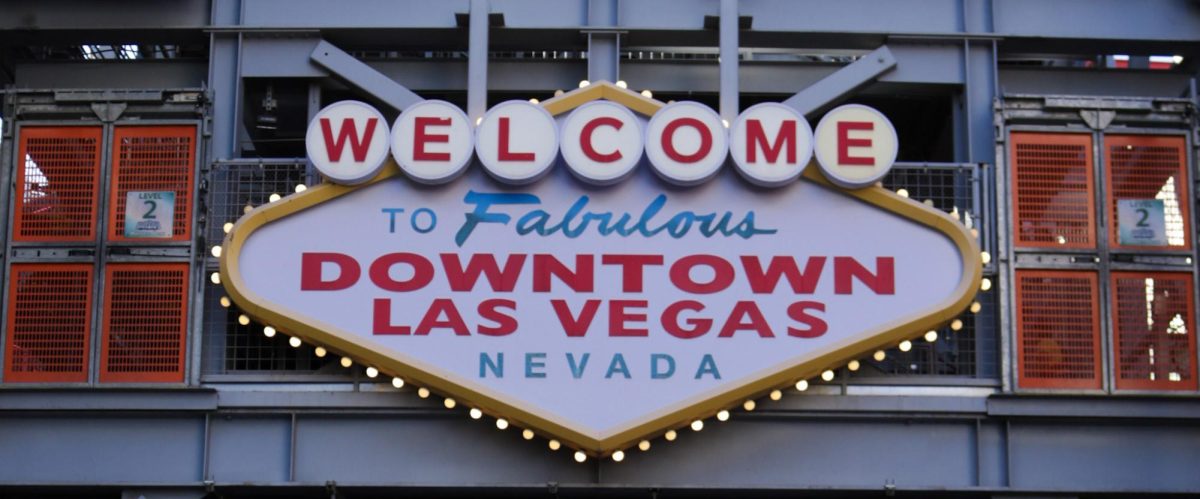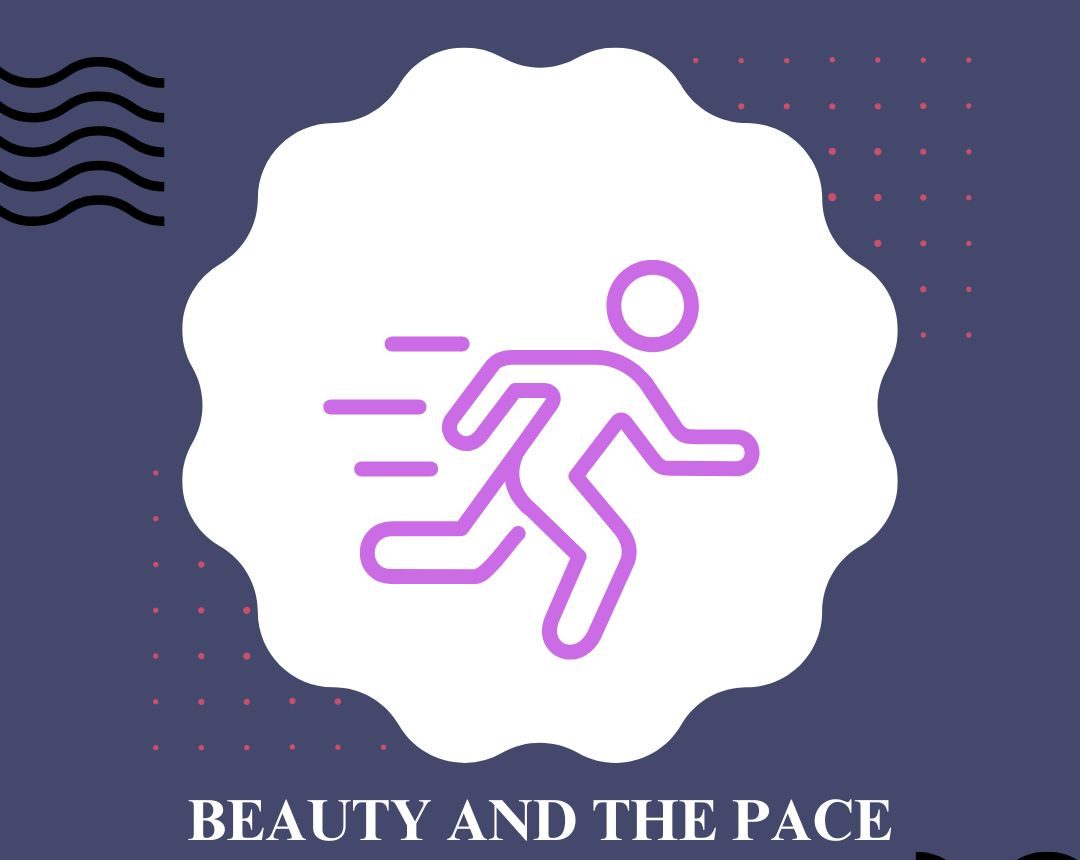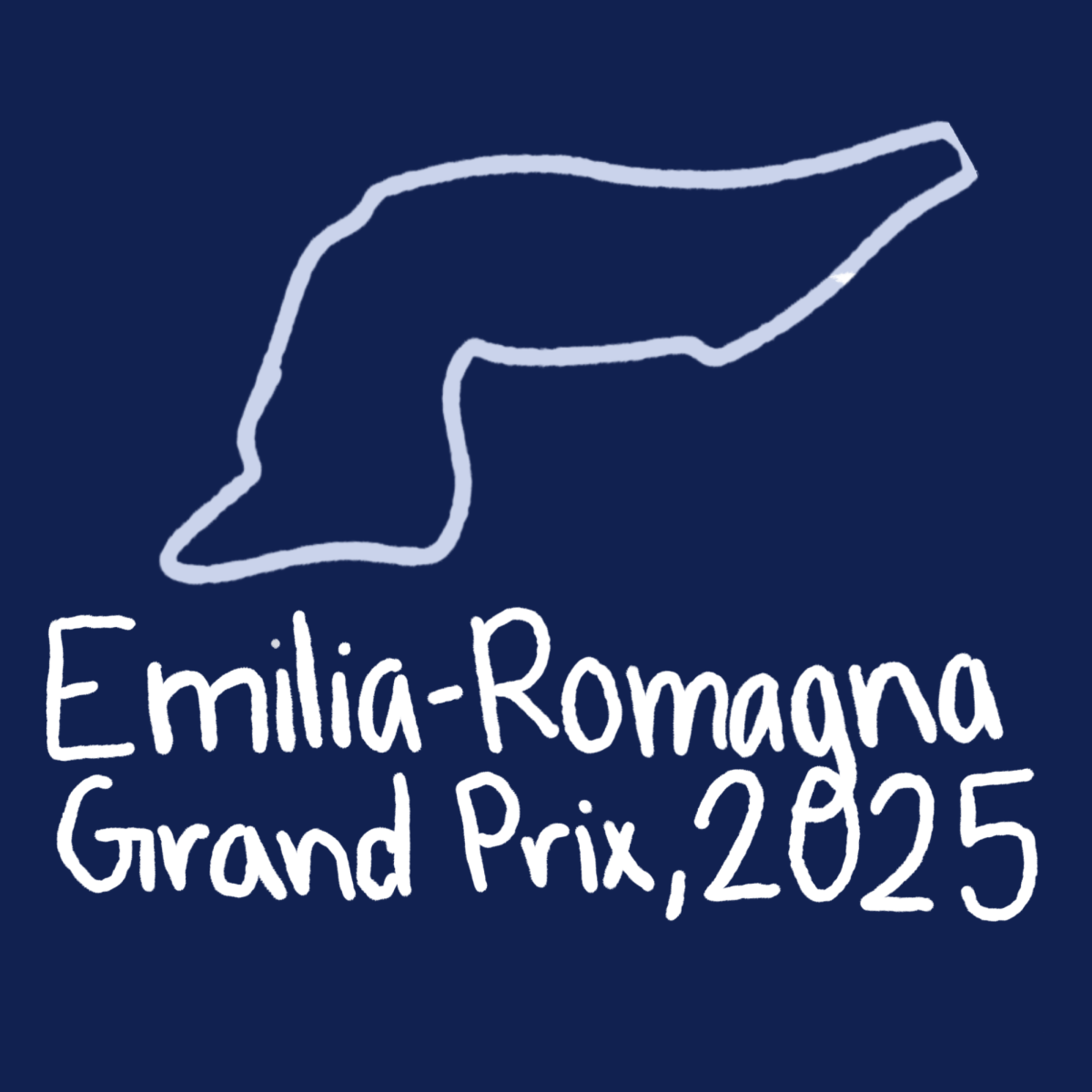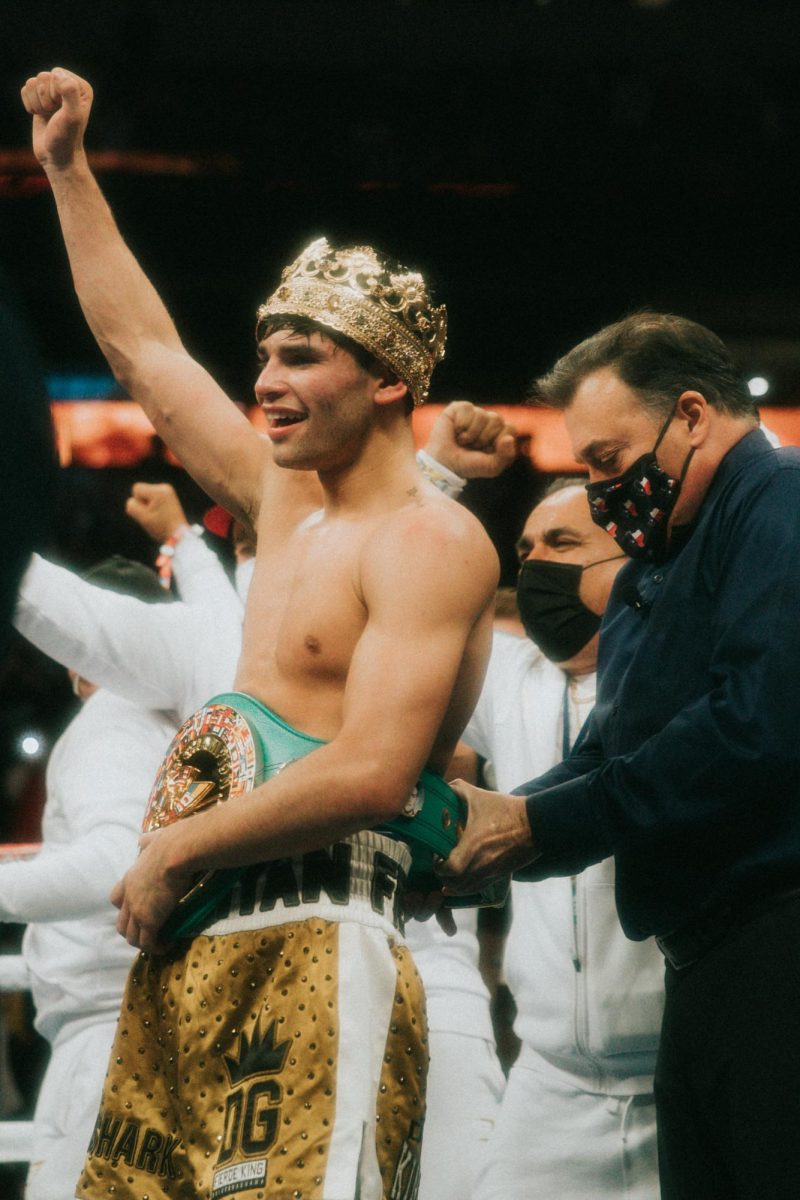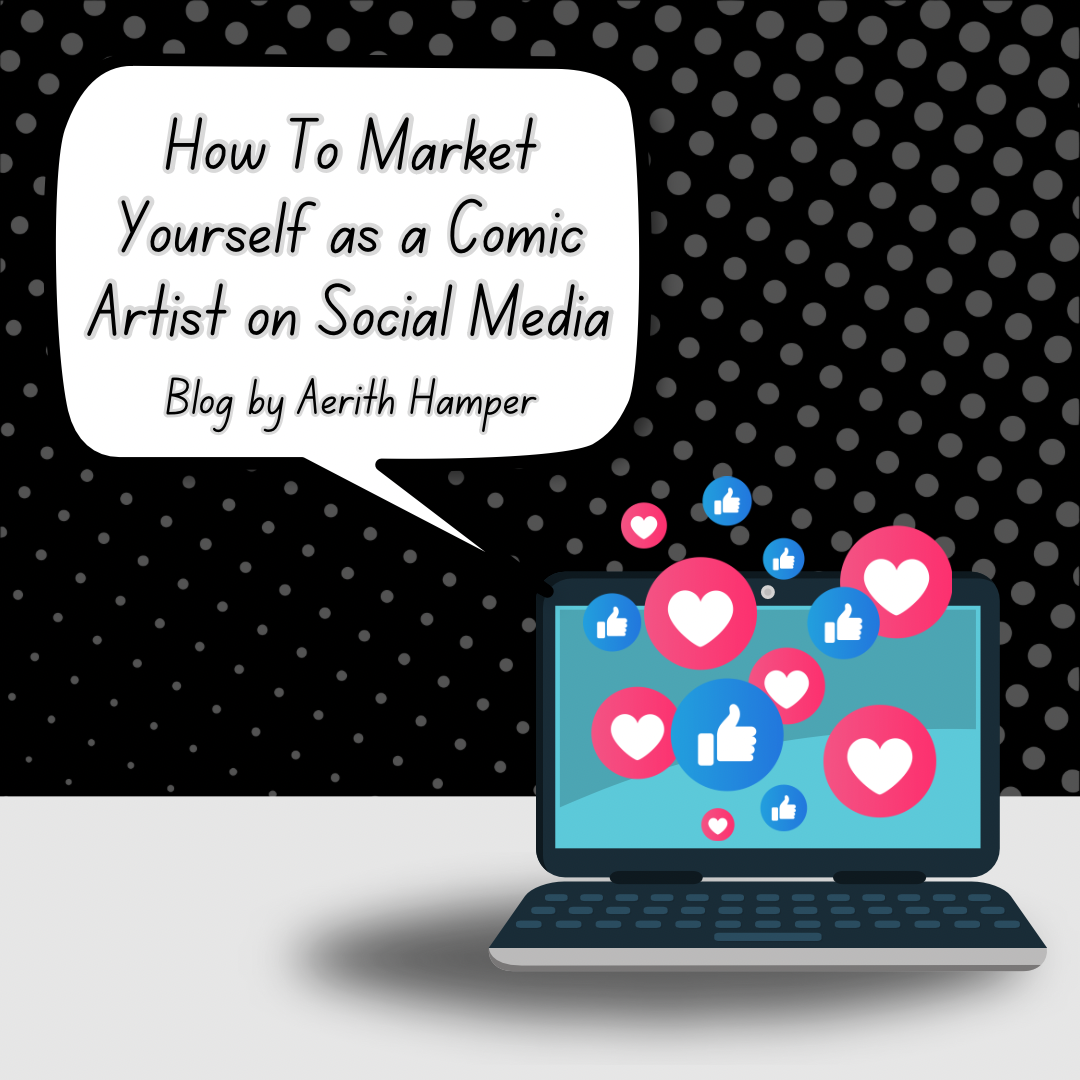As an artist, most people approach posting on social media without much thought. You draw your art, you share it with the world. Simple, right?
Turns out it’s far from being that simple. Algorithms undergo frequent change, changing how different forms of media are circulated on the internet from person to person. Today, short videos or reels get more attention than photos or longer videos. According to Microsoft’s study on human attention span, the average person has a 47-second attention span, which is considerably lower than it was back in 2004 when it averaged 2.5 minutes. Social media significantly contributes to this dramatic shift that occurred over time, so we as artists have to adjust to such changes just to get our work across.
Based on some personal research, here are some platforms suited to sharing your art along with the audiences each platform appeals to.
Probably the most well-known for sharing any kind of art, photo, or video is Instagram. Instagram has served as a photo-sharing platform since 2010, with millions of people posting daily. Popular among artists, Instagram allows you to customize your feed to your preferences. However, one drawback is the platform’s frequently changing algorithm, makes it challenging to adapt. It heavily relies on consistent posting schedules, views, and sharing of reels. With numerous artists worldwide using the platform, standing out can be difficult.
Another popular platform for sharing your art is X, formerly Twitter. In recent years Twitter has earned an unfortunate reputation, but is surprisingly effective for sharing your art. Many agree that Twitter is better for posting art than on Instagram. It enables retweeting, which allows posts to reach a broader audience. It’s designed more for communities than just posting and letting the algorithm do its thing. However, considering your audience is crucial. In recent years, Twitter has shown a tendency towards a more conservative audience, contrasting with Facebook, which tends to attract a more liberal audience. This misalignment might pose challenges for some artists and their values, potentially leading to backlash for unrelated reasons.
The last major platform I will discuss is Facebook, which, surprisingly, is highly recommended by other artists. At first glance, it resembles Twitter in structure, enabling the sharing and reposting of others’ work. You can post content in any format: video, photo, podcast, and even website links, a feature lacking on Instagram. However, compared to Twitter, interaction with your followers is lower. You can create pages tailored to you and your art, as Facebook is more geared towards marketing. Some argue that the same marketing efforts could yield better results on other platforms without the financial investment that Facebook requires.
Several other platforms can be used for sharing your art, including Tumblr, TikTok, and DeviantArt. While Facebook, Twitter, and Instagram are among the most commonly used platforms, it really comes down to just using whatever platform you prefer. It might even be better to pick more than one platform to expand your audience.
Next time I’ll talk about video sharing platforms like YouTube, TikTok, and Twitch which serve as a more interactive and personable way of reaching your desired audience.


